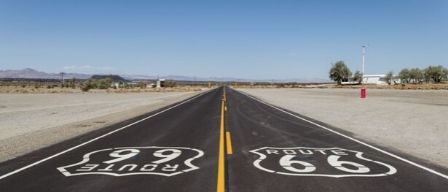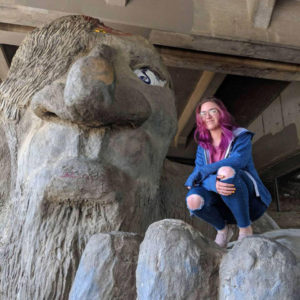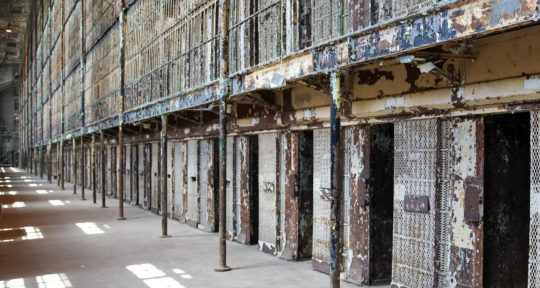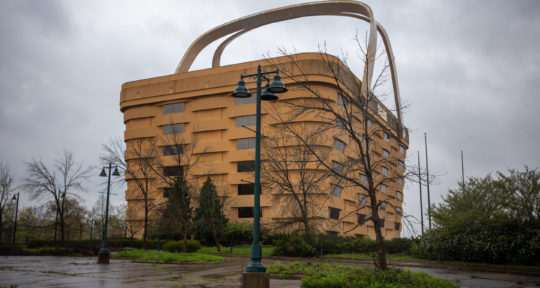The Tulsa Route 66 Commission has just received the go-ahead to launch a new initiative to save the city’s vintage neon signs, launching on April 1. A total of $40,000 has been approved for initial grants, which will be dollar-for-dollar matches that help sign owners get their neon professionally rehabbed. The ultimate goal of the program is to create a “neon corridor” that will make Tulsa, Oklahoma the envy of other cities along the route.
Neon was at its most popular in the U.S. at the exact same time as Route 66, roughly 1920–1960, so it’s no surprise that the two are often mentioned in the same breath. It was available in countless colors, easily visible in both daylight and after dark, and could be set on an electric timer to make images move in succession, so neon was an ideal way for businesses along the route to stand out.
But neon signs are expensive to fix and maintain compared to other types of signage, especially for smaller mom-and-pop businesses on the lesser-traveled parts of Old Route 66. Other neon signs have fallen victim to modern sign ordinances and policies.
New Mexico and Missouri have both had extensive programs dedicated to neon preservation for several years. Through these programs, dozens of iconic neon signs have been restored to their former glory. The Route 66 Association of Missouri’s Neon Heritage Preservation Committee especially has done a lot of work, fixing up signs at famous landmarks like Dell Rhea’s Chicken Basket.
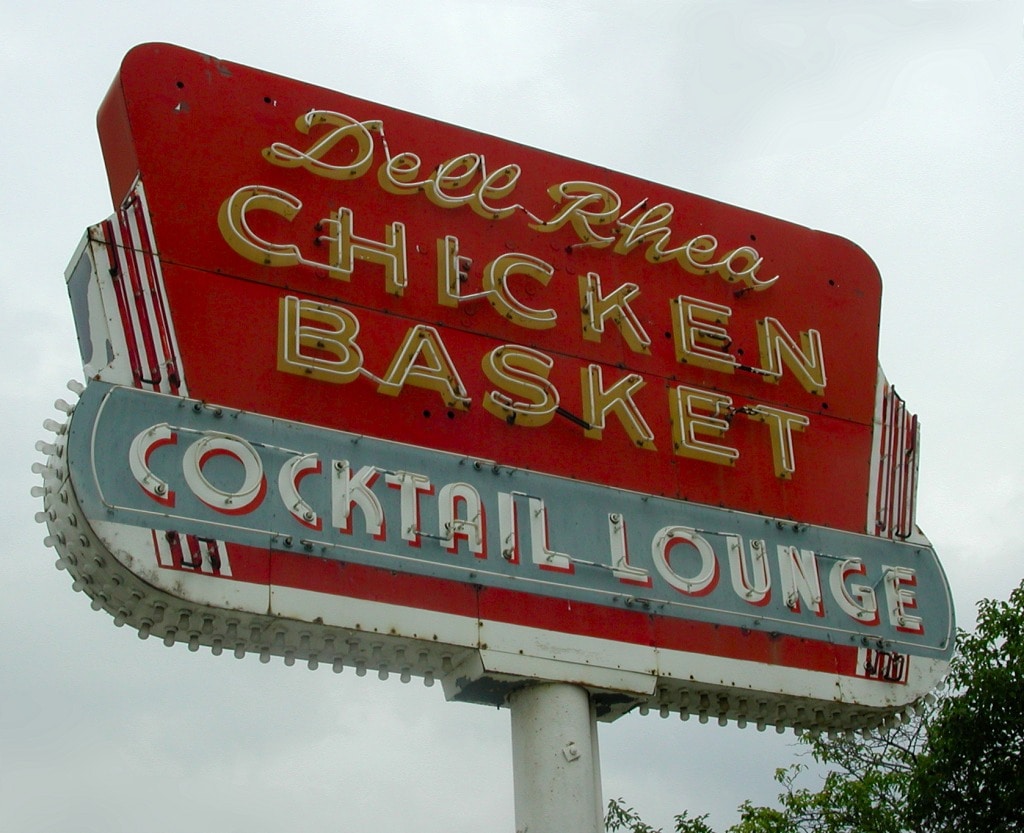
Tulsa is set to start making its own impact with these grants. Timing is especially great, as the legislation to make Route 66 an official National Historic Trail is working its way through Congress—and the 100th anniversary of the founding of Route 66 is coming up in just a few years, in 2026.
Anyone interested in applying for a grant should keep their eyes peeled; the city of Tulsa will launch a website with more details and an application in the coming weeks.
In the meantime, here are some of our favorite Route 66-era neon signs from around Tulsa.
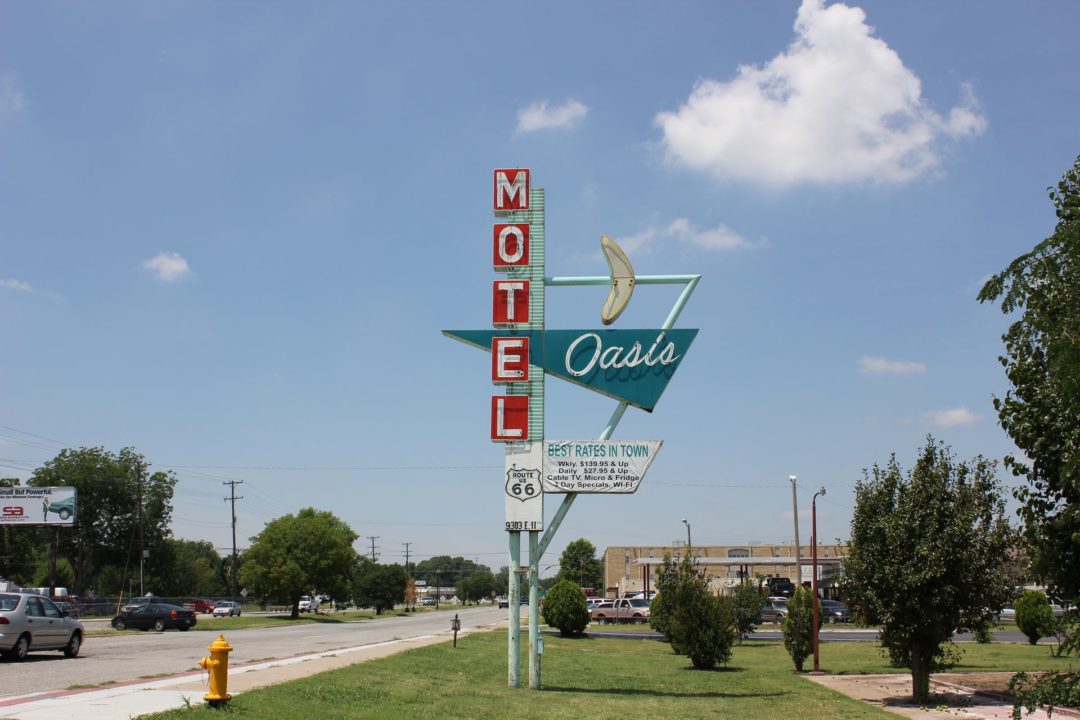
Oasis Motel
The googie-style neon sign has been standing outside this famed motor lodge for decades.
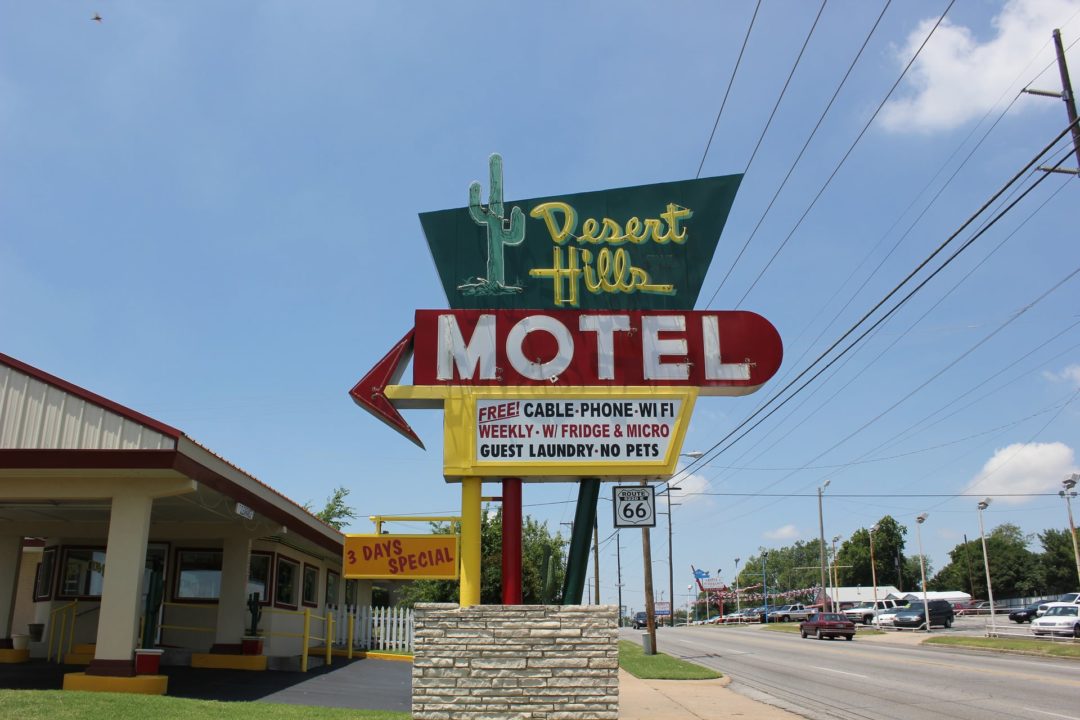
Desert Hills Motel
The Desert Hills Motel has been taking in road-weary Route 66 travelers since it opened its doors in 1953.
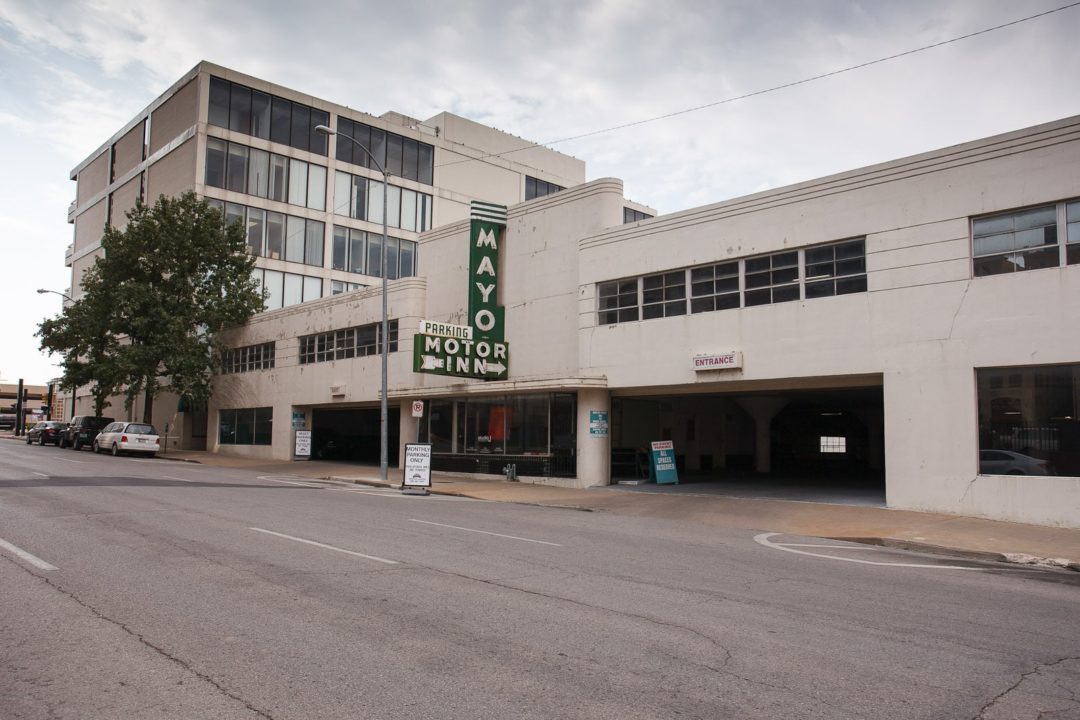
Mayo Motor Inn
This gorgeous Art Deco parking garage, with its green and white neon, was built in 1950 and was added to the National Register of Historic Places in 2008.
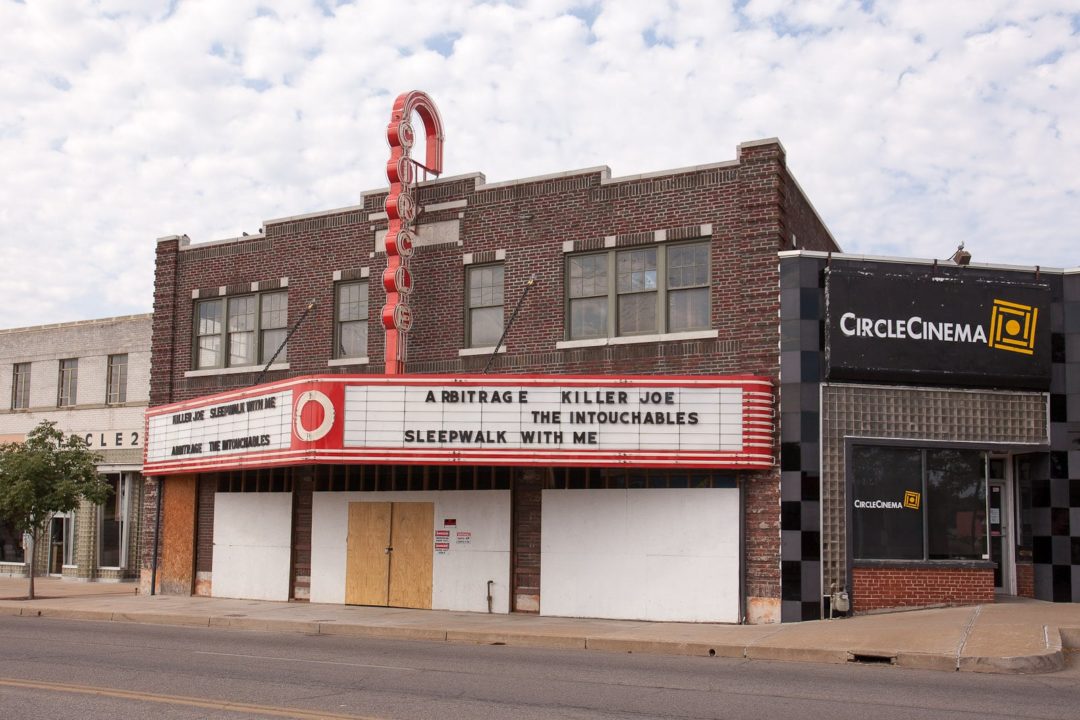
Circle Cinema
This theater has entertained countless Tulsa residents and Route 66 travelers since it opened in 1928. It was saved in 2012 thanks to the National Park Service’s Route 66 Corridor Preservation Program, and has been restored to look as it did in 1952. It’s a cultural gem that still screens movies of all kinds.
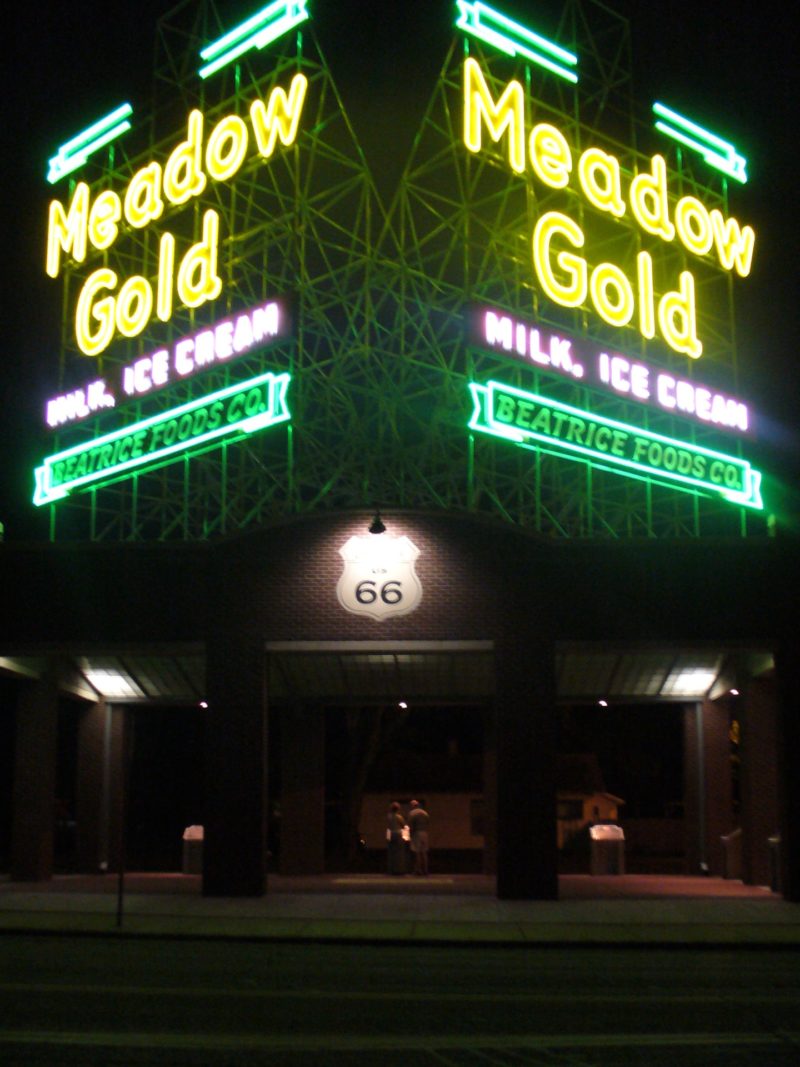
Meadow Gold Sign
Recently saved from demolition thanks to the National Park Service Route 66 Corridor Preservation Program, the 30-foot, two-sided sign has been advertising dairy products for the Beatrice Foods Company since the 1940s. It was, for a while, the largest neon sign in Tulsa.
